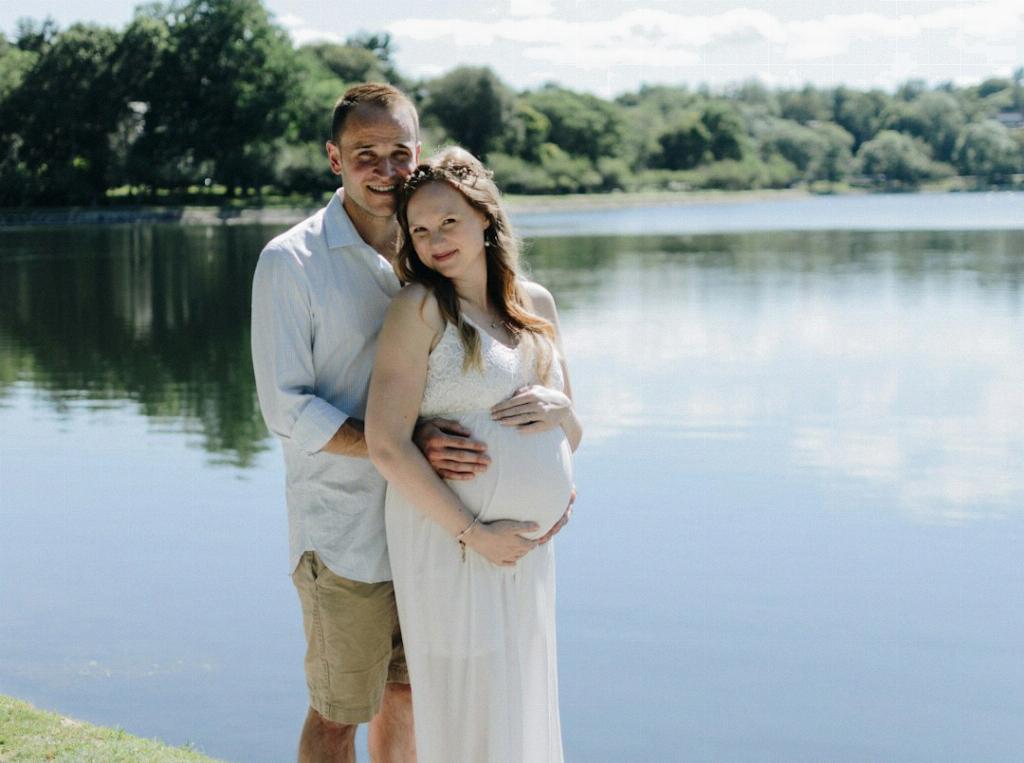When it comes to anemia in pregnancy, understanding the reference range is crucial for the health and well-being of both the mother and the developing baby. Anemia, characterized by lower-than-normal levels of hemoglobin in the blood, can impact the body’s ability to carry oxygen effectively, leading to potential complications during pregnancy.
Defining Anemia in Pregnancy
In the context of pregnancy, anemia is typically defined by hemoglobin levels below a certain threshold. According to clinical practice recommendations, anemia in pregnancy is commonly described as Hb 11 g/dl or 11.5 g/dl, with slight variations based on the trimester of pregnancy.
The Trimester-Specific Variation
It is important to note that the reference range for anemia in pregnancy may vary depending on the trimester. During the first trimester, hemoglobin levels slightly higher than 11 g/dl may be considered normal, while in the second and third trimesters, the threshold may be closer to 11 g/dl or 11.5 g/dl.
Importance of Monitoring Hemoglobin Levels
Regular monitoring of hemoglobin levels is essential during pregnancy to detect and address anemia early. Hemoglobin levels can fluctuate throughout pregnancy due to increased blood volume and the body’s demands for oxygen, making regular check-ups vital.
Impact of Anemia on Pregnancy
Untreated anemia during pregnancy can have various consequences, including increased risk of preterm birth, low birth weight, and postpartum complications. Ensuring hemoglobin levels are within the recommended range is crucial for a healthy pregnancy.
Causes of Anemia in Pregnancy
Anemia in pregnancy can be caused by various factors, including inadequate iron intake, blood loss during childbirth, underlying health conditions, or a combination of these factors. Addressing the root cause of anemia is key to effective treatment.
Treatment Options for Anemia
Depending on the severity of anemia, treatment options may include iron supplementation, dietary changes to increase iron intake, or in some cases, blood transfusions. It is important to consult healthcare providers for personalized treatment recommendations.
Preventing Anemia in Pregnancy
Preventive measures such as maintaining a healthy diet rich in iron, taking prenatal vitamins as recommended, and attending prenatal care appointments regularly can help reduce the risk of developing anemia during pregnancy.
Consultation with Healthcare Providers
It is important for pregnant individuals to discuss any concerns about anemia or other health issues with their healthcare providers. Regular communication and collaboration with healthcare professionals can ensure optimal care during pregnancy.
Monitoring the Hemoglobin Levels
Monitoring hemoglobin levels through regular blood tests is a fundamental aspect of prenatal care. Healthcare providers use these measurements to assess the mother’s overall health and make informed decisions about managing anemia during pregnancy.
Supporting Maternal and Fetal Health
By understanding the reference range for anemia in pregnancy and taking proactive steps to address any issues, pregnant individuals can support their own health as well as the health and development of their baby. Early detection and intervention can make a significant difference in outcomes.
Conclusion
In conclusion, the reference range for anemia in pregnancy is typically defined by hemoglobin levels around 11 g/dl to 11.5 g/dl, with slight variations based on the trimester. Monitoring hemoglobin levels, addressing underlying causes of anemia, and seeking appropriate treatment are essential for maintaining a healthy pregnancy.

